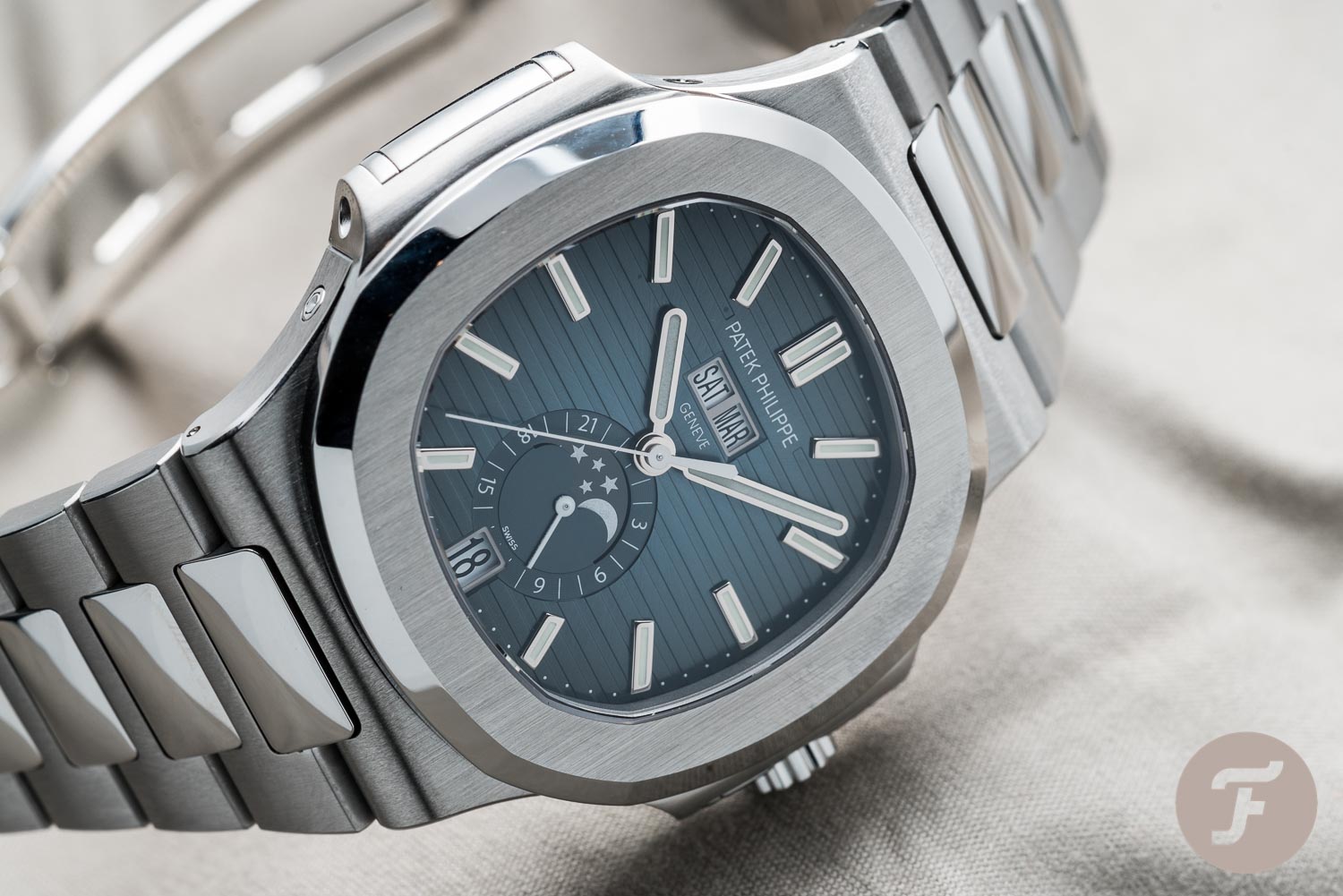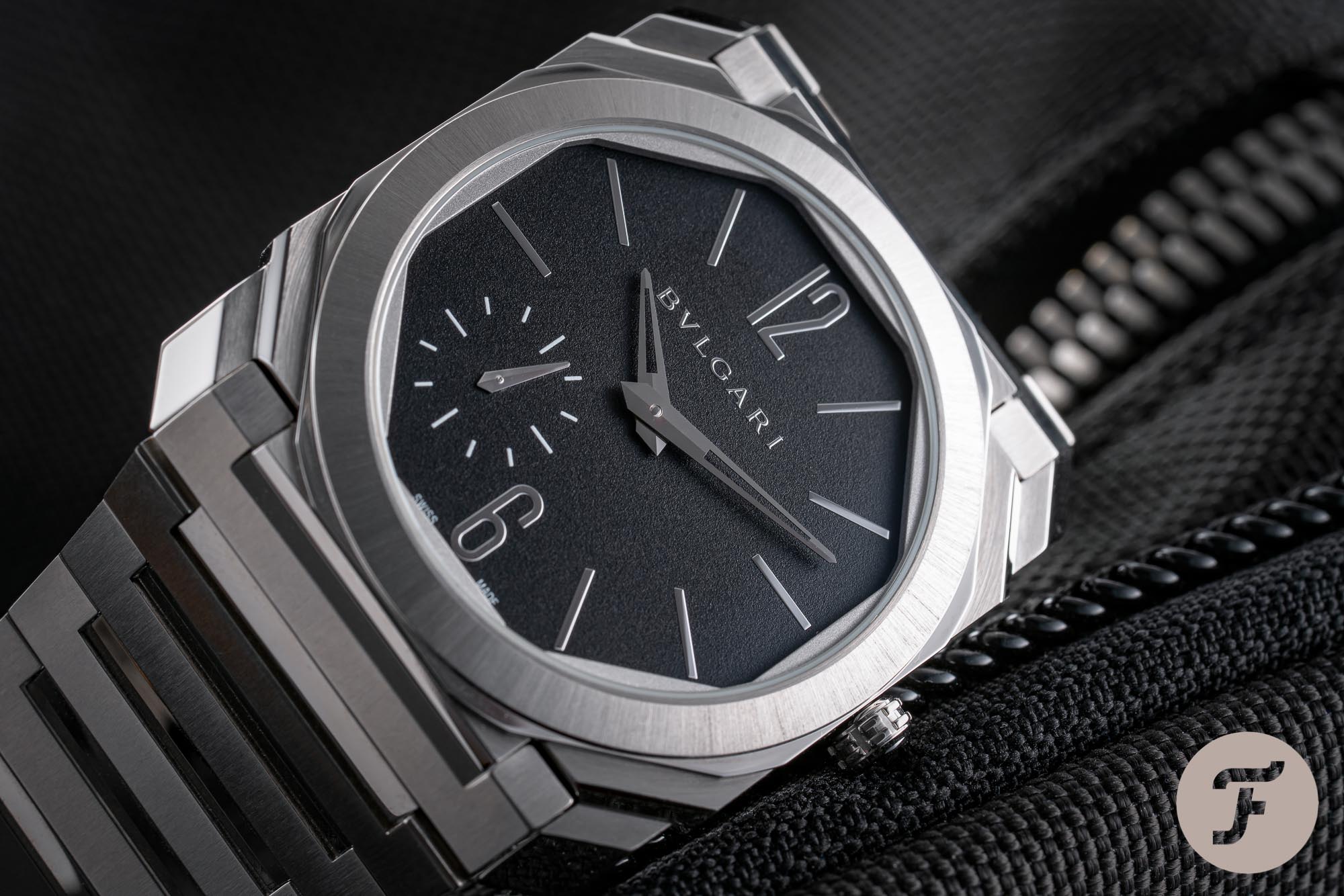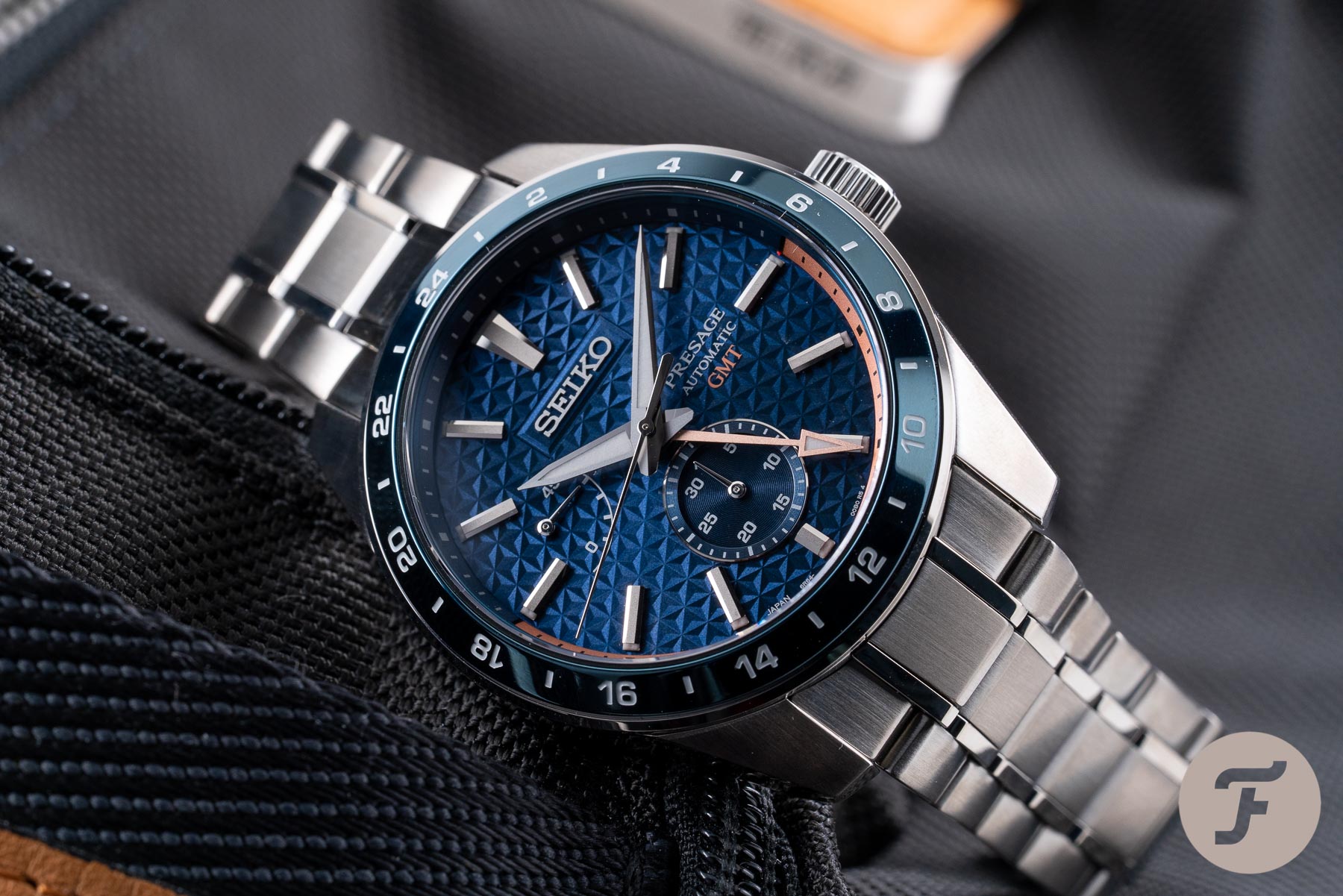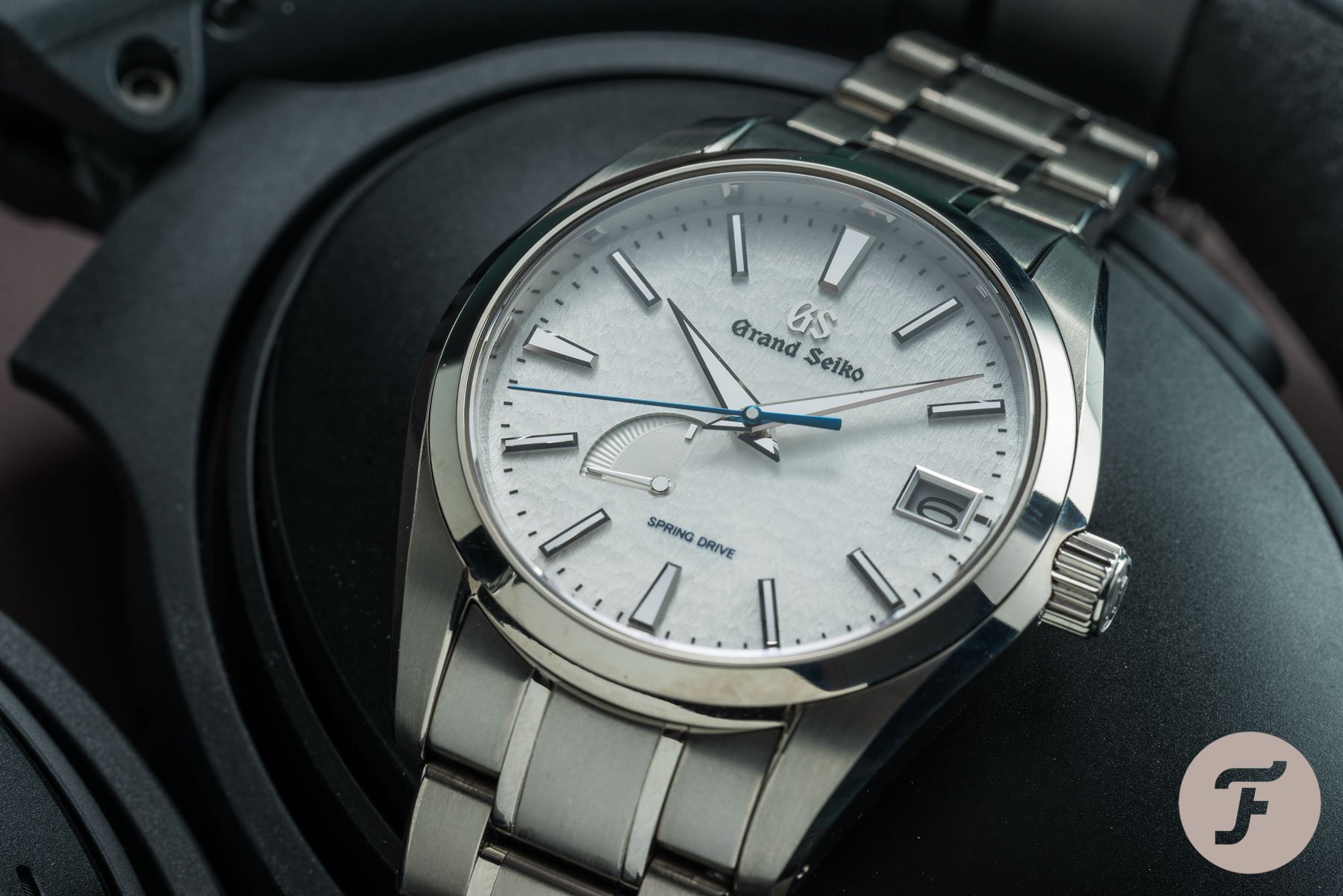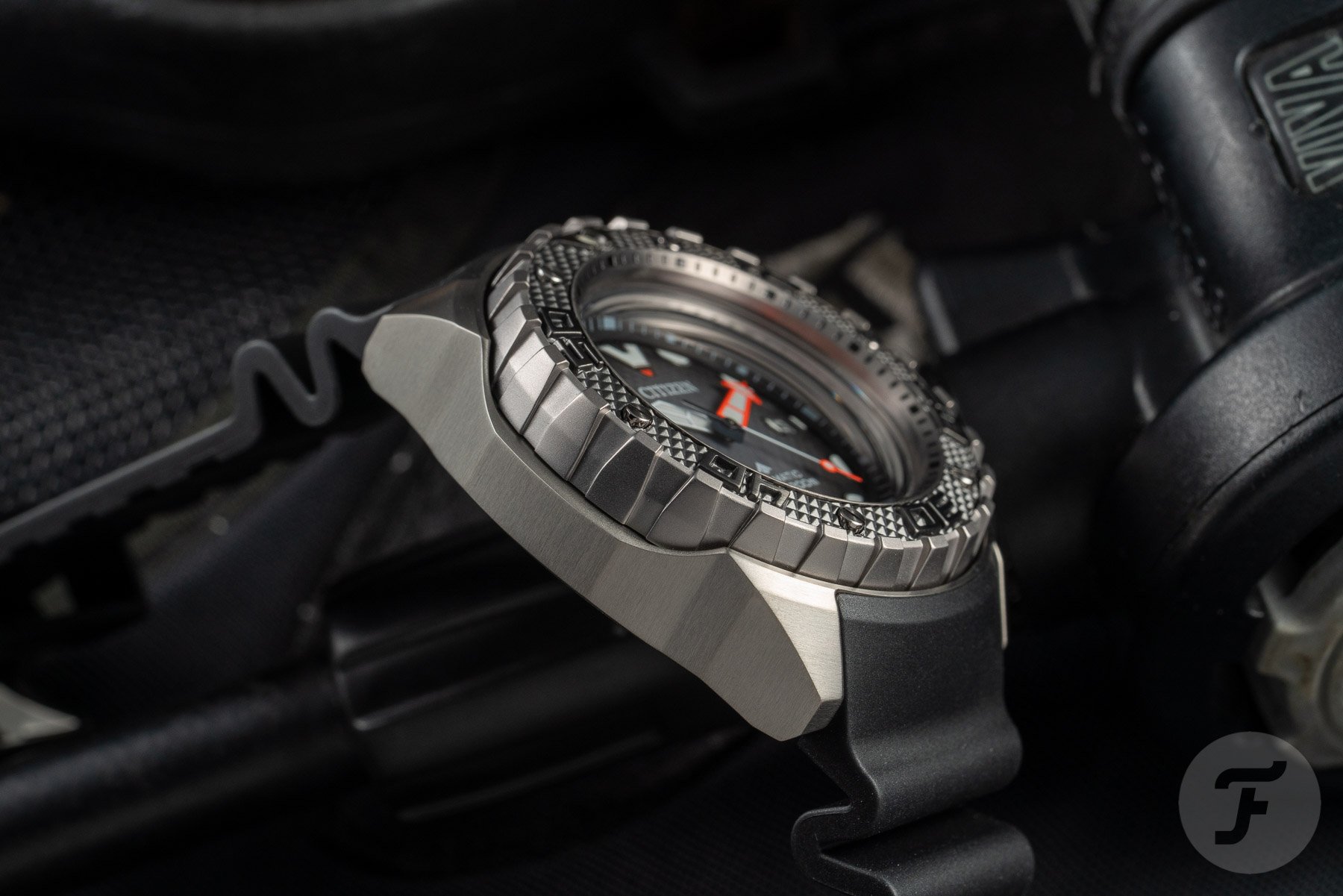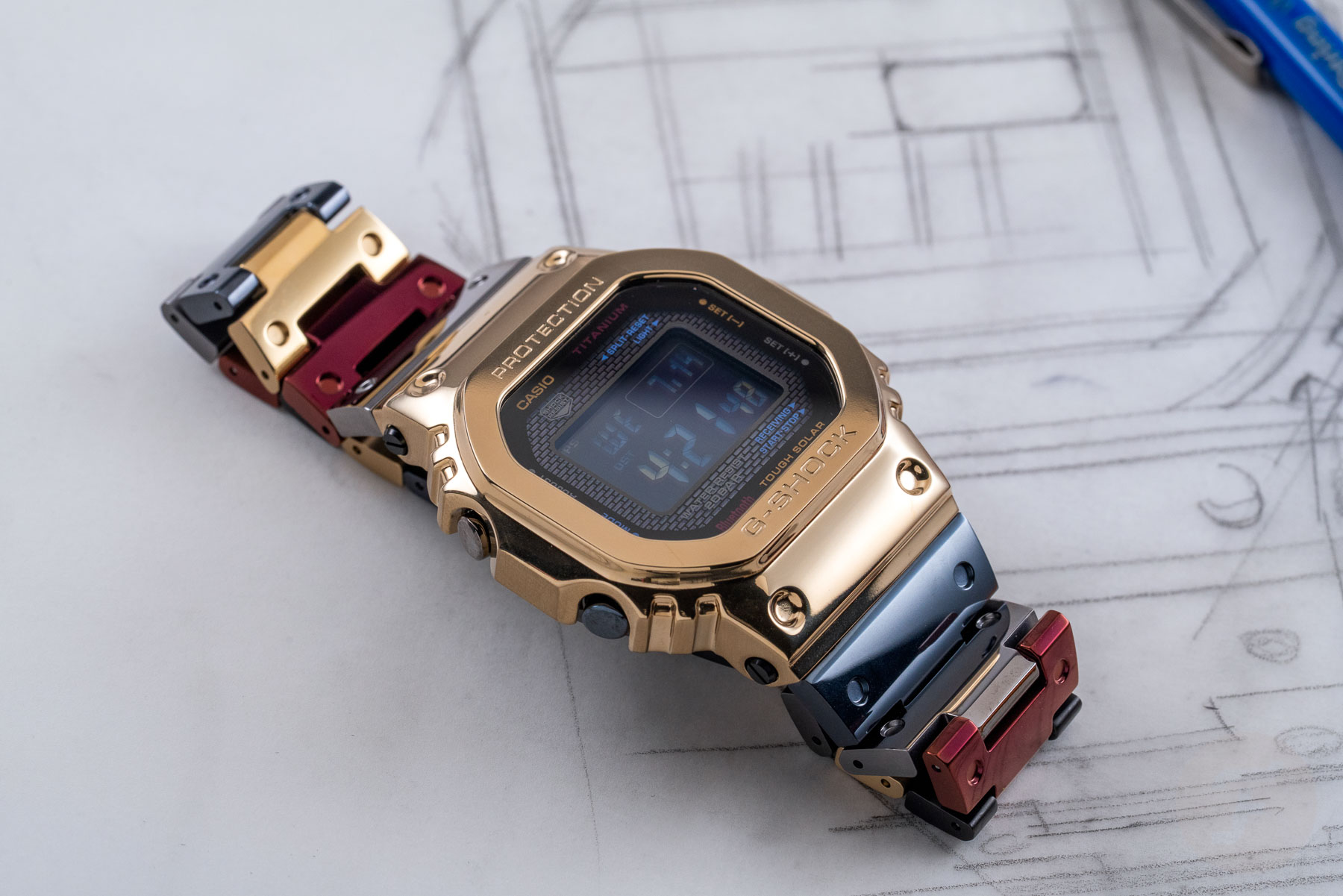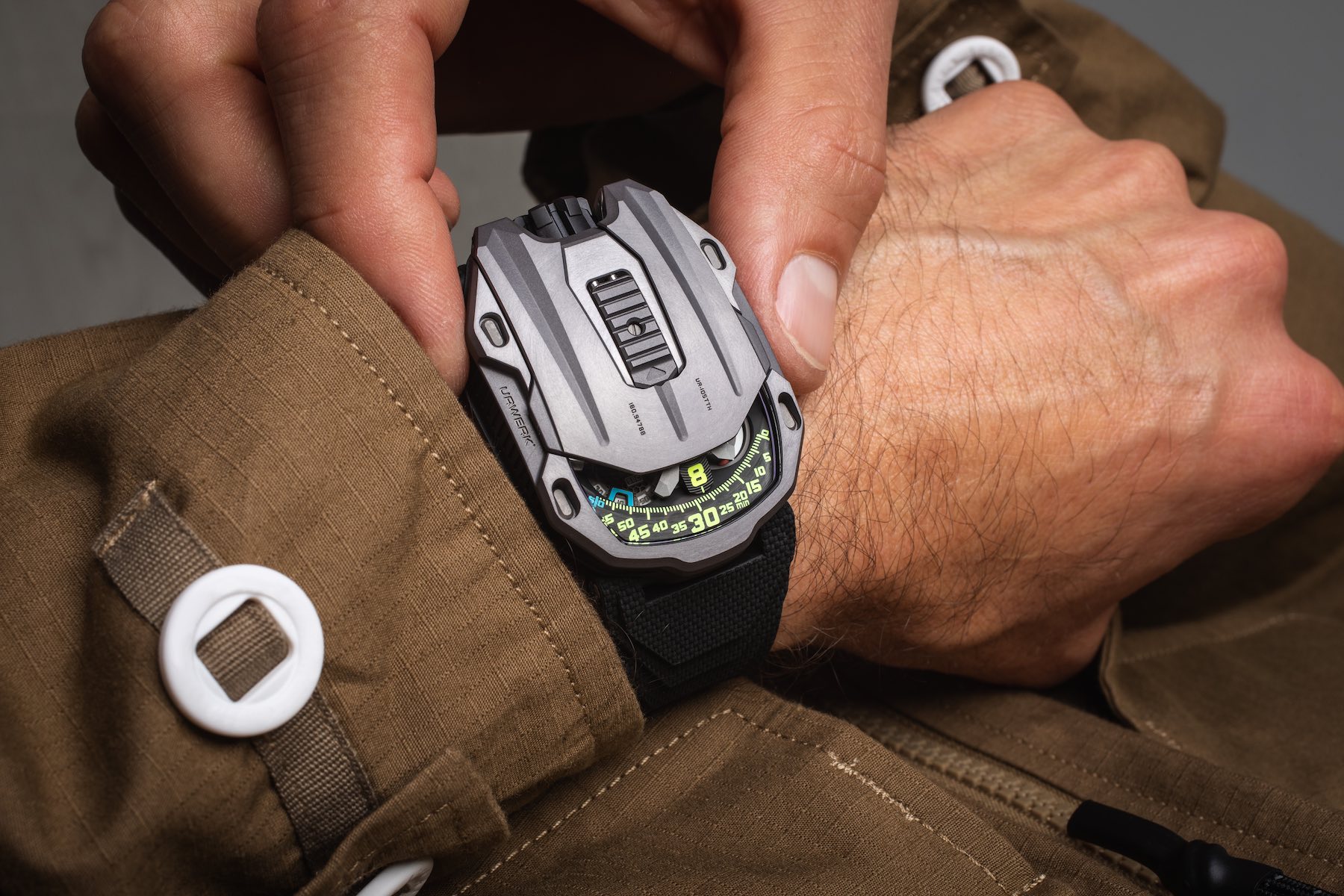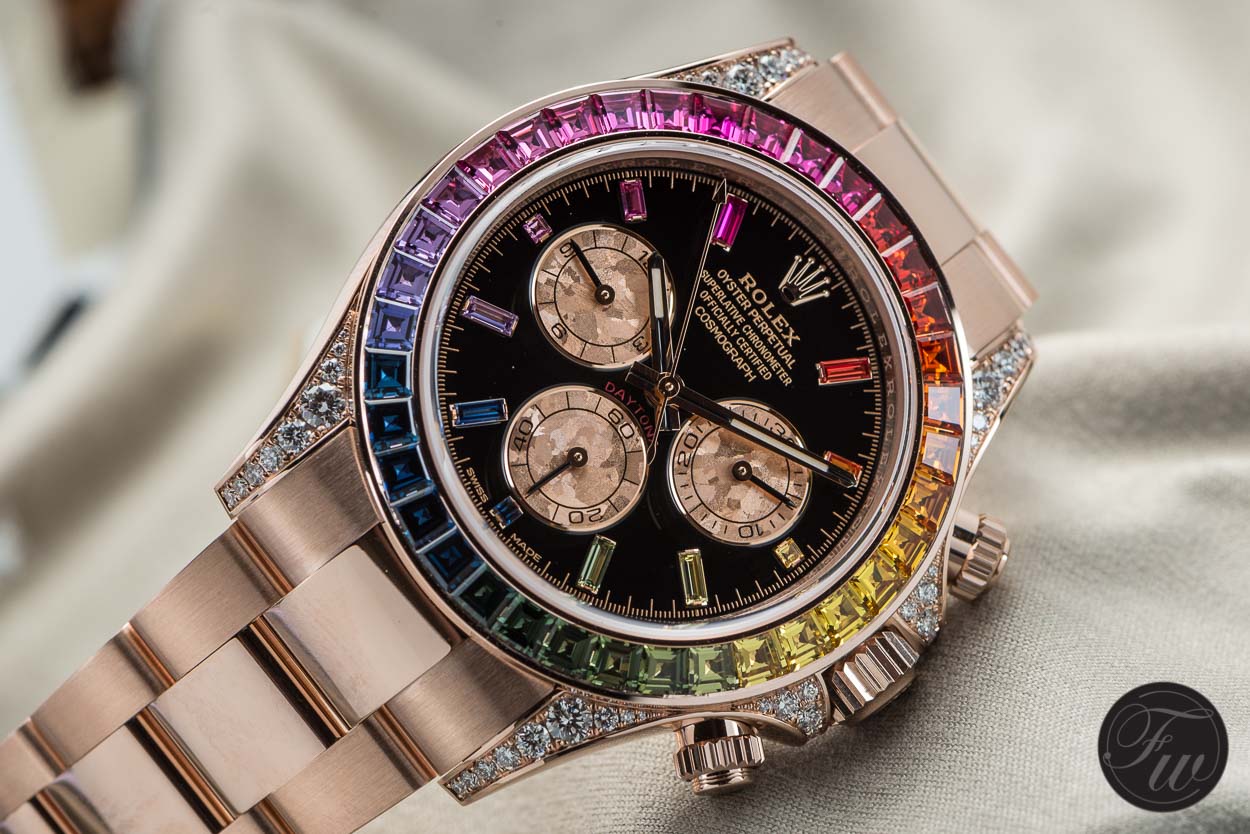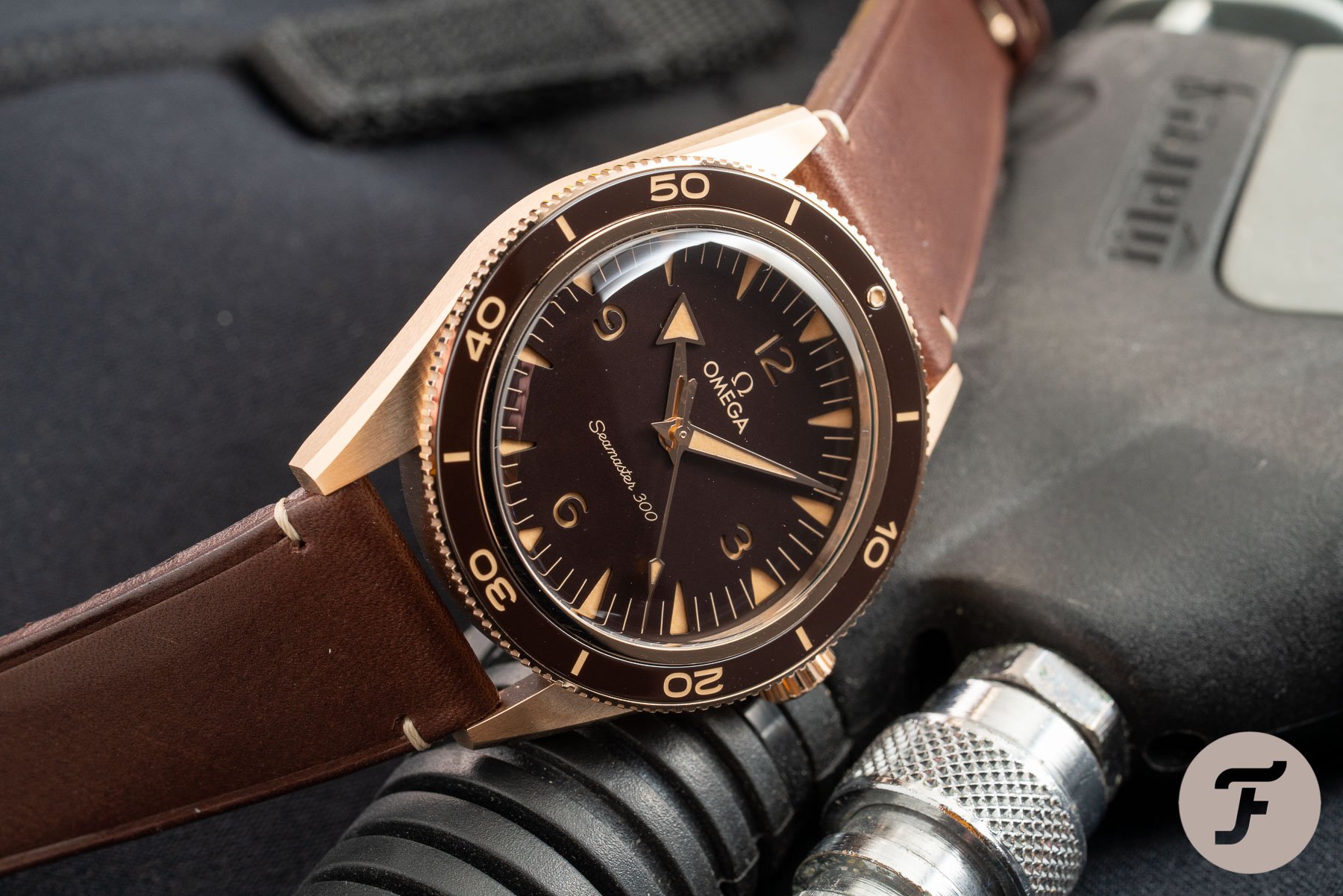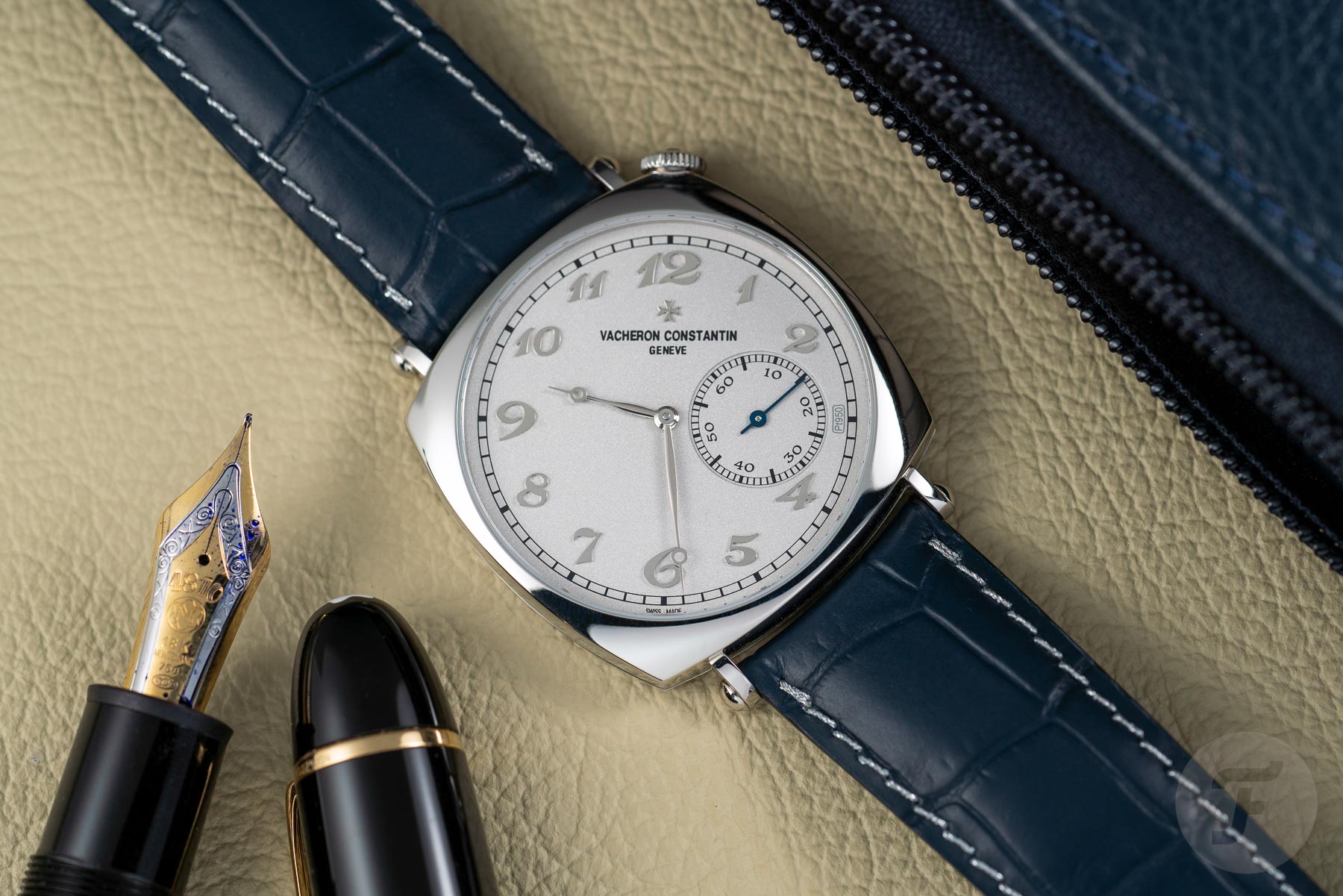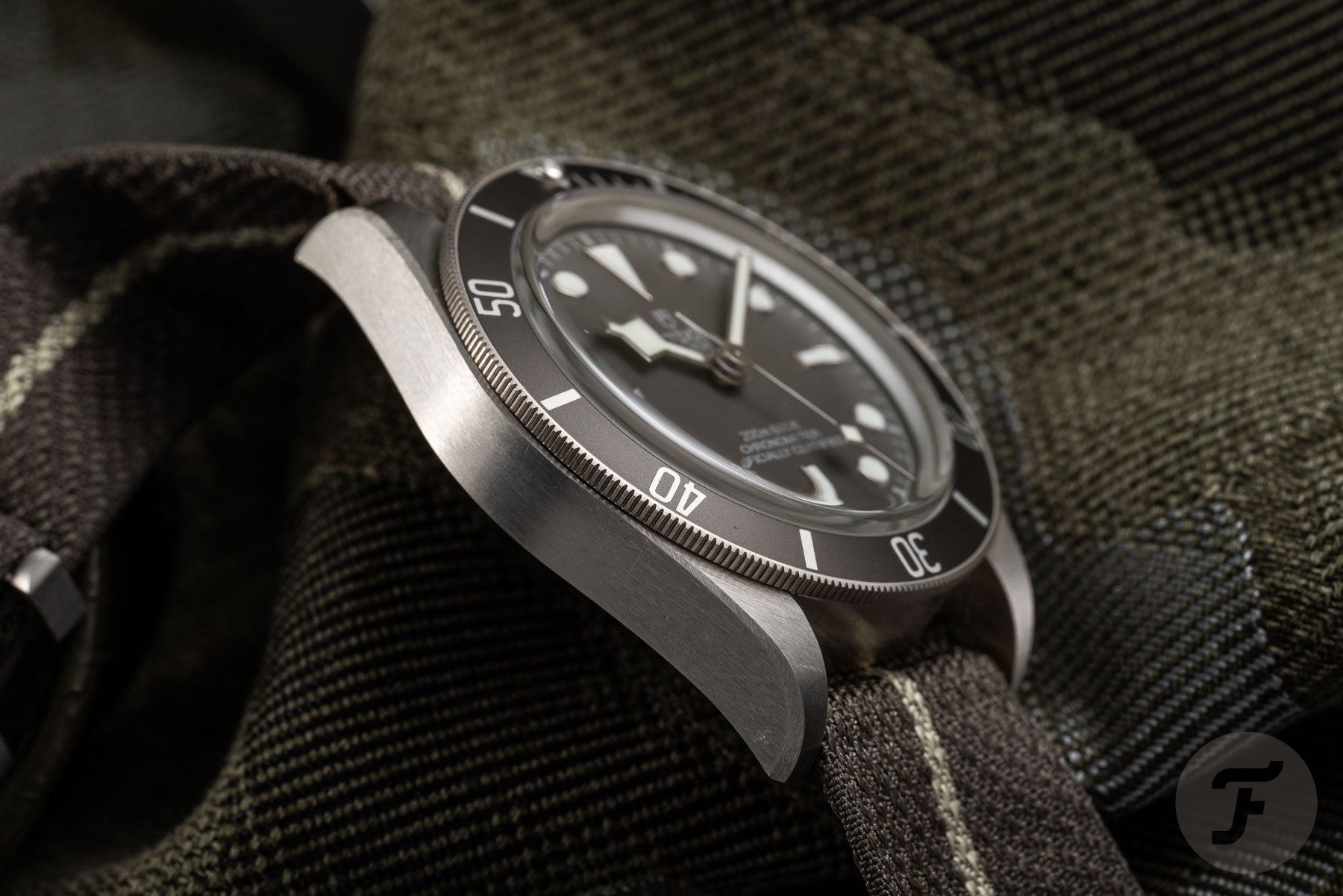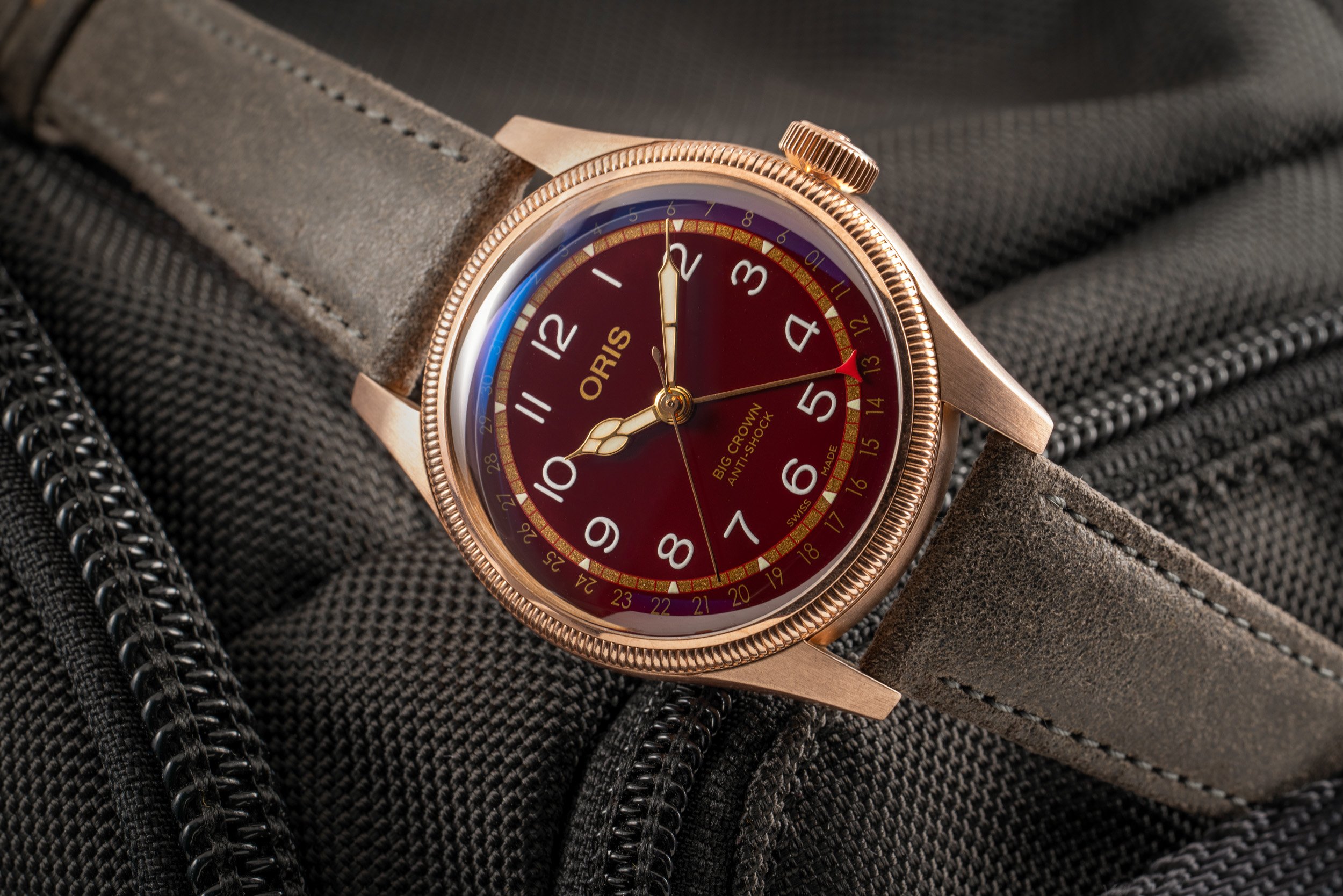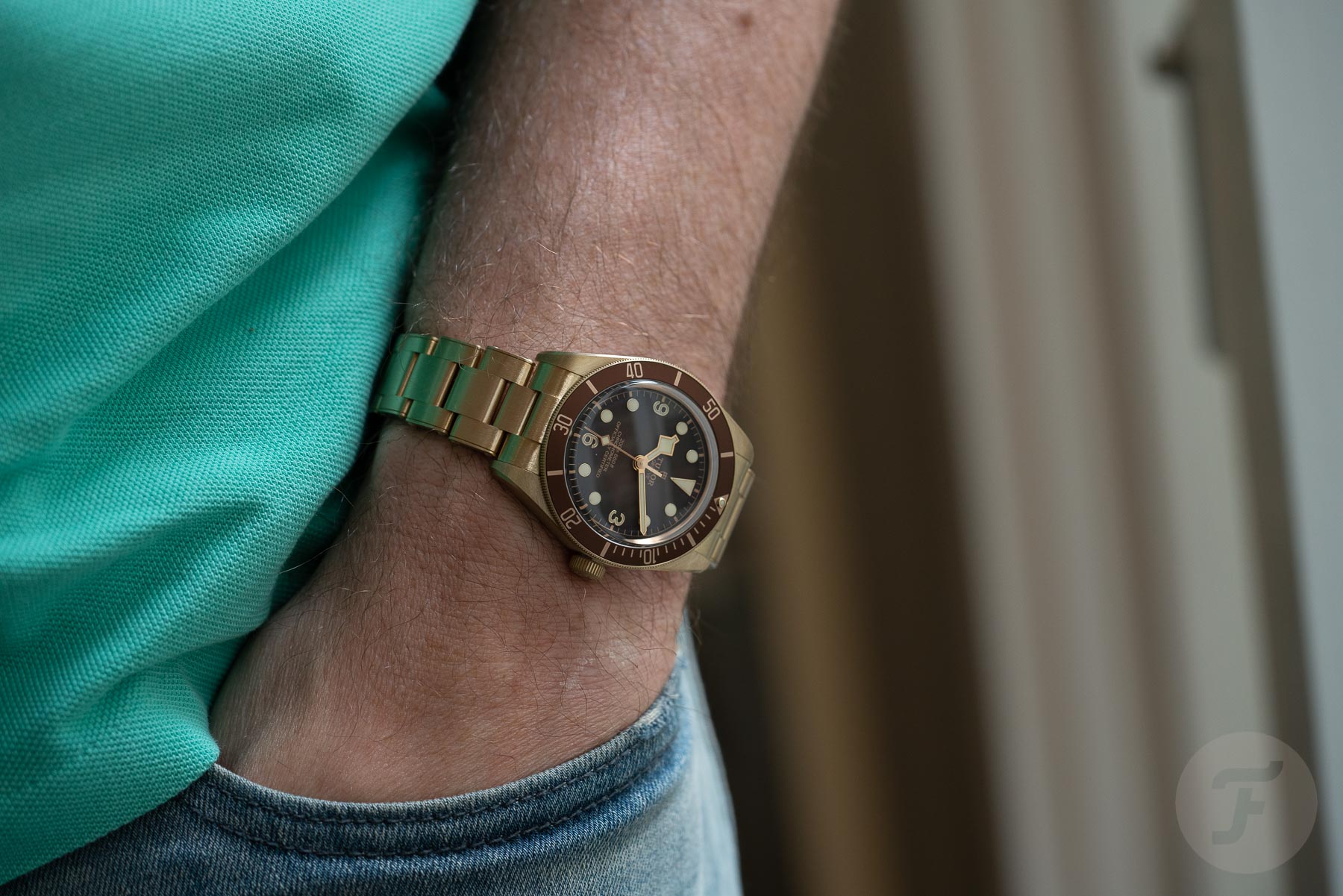How Watches Work — It’s Alloys Galore, Ranging From The Obvious To The Obscure
I’m not afraid to say it: steel is the most precious metal in the world. The fact that a new-in-box, 2021, olive-green Patek Philippe Nautilus 5711/1A-014 was recently hammered off for $376,000 proves my point. All jokes aside, steel is clearly the most commonly used building material for watches. And yet alternatives remain. What are they and why is it that steel stands pat atop the mountain of material options?
We will start this edition of How Watches Work with good old-fashioned steel, before navigating from functional titanium to precious alloys (such as gold in many of its variations), and finish up with fashionable bronze — a metal with the smell of money…
How Watches Work — Steel is the real deal!
A watch case has to endure a lot. This is why, typically, most watches are made of a robust-yet-affordable material — steel. For the production of cases and bracelets, Rolex uses Oystersteel, an alloy developed by the brand in-house. Oystersteel belongs to the 904L steel family. This type of steel is extremely resistant to corrosion and, when polished, comes close to the shiny appearance of precious metal. For exactly that reason, Omega uses 316L stainless steel, which gives their watches a more rugged look. The 904L alloy contains more than 1.6 times the amount of chromium, nickel, and molybdenum there is in 316L stainless steel. One to two percent copper gives 904L steel stronger corrosion resistance and wear resistance than the 316L alloy. 904L steel is also costlier to produce and harder to machine than 316L.
Seiko, like Omega, also mainly uses 316L steel, just like Tudor and the overwhelming majority of watch brands. 904L might boast better numbers than 316L, but the nickel-free, lead-free, cadmium-free alloy is the industry standard — and for good reason. It’s a solid, durable, and all-around good performer when it comes to the construction of quality watch cases. Most importantly, it is hypoallergenic. While 904L is often peddled as a comprehensively superior material, that increase in nickel causes significant problems for some wearers with a heightened sensitivity to it. As we’ve often said on these pages before, “‘Better’ isn’t always ‘better’.”
A Space-age alloy with mythological roots
Titanium is arguably the most suitable material for building a robust watch. Named after the mythological Titans, known for their brutal strength, it’s a “better” building block than steel. This is because titanium has one of the highest strength-to-weight ratios of all known metals. In addition, it is often 45 percent lighter than steel — the reason why the alloy is used extensively in the aviation industry. Its hypoallergenic properties work wonders on even the most sensitive wrist. The biggest downside of titanium as the material of choice for a watch case is that it is more difficult to machine than steel. Machining this material too fast or with the wrong tool heads can literally cause it to burst into flames. Unfortunately, this added cost generally makes titanium watches more expensive.
There’s titanium, and then there’s titanium
And as you may have guessed, there’s more than just one kind of titanium. The most common is Ti-6Al-4V, better known as Grade 5 titanium. It’s a bright gray alloy that outshines the rest and takes a polish quite well. Grand Seiko has used it to prove that titanium can also look luxurious and not just tough and functional. Grade 2 titanium has a more dull gray color and when brushed hardly reflects any light at all.
There are, of course, also brand-exclusive titanium alloys: the Citizen Super Titanium is five times harder and yet still 40 percent lighter than steel.
And let’s not forget about the alloy Casio uses for its premium “squares” called Tran Tixxii. What these different titanium alloys have in common is the fact they are lightweight and skin-friendly. Furthermore, titanium has one often unmentioned benefit that becomes immediately apparent when you hold it in your hands alongside a steel watch. The titanium often feels warmer to the touch, which leads many people to assume that titanium is more conductive than steel and thus immediately adjusting to the temperature of your skin.
In fact, the opposite is true. Titanium is extremely inert. That means it remains unbothered by sudden temperature fluctuations around it and remains a cool middle temperature throughout. This is another advantage that factors into the material’s popularity in the aerospace industry.
More Greek mythology with tantalum…
Tantalum is named after Tantalus, a villain in Greek mythology, so we’re off to a good start. Tantalus stole from Zeus and as a result, he was sent to Tartarus, the deepest section of the Underworld. There he was made to stand in a pool of water beneath a fruit tree — mythology doesn’t specify what kind of fruit tree, but I’m guessing a peach tree — with low branches, heavy with fruit. But don’t let this seemingly tame take on the Underworld fool you. The fruit eluded his grasp, and the water receded before he could ever take a drink. The gods are cruel indeed!
Blue-gray tantalum is a metal rarer than gold and harder than steel.
Unlike Tantalus, the metallic namesake could happily spend the rest of its days submerged in water (or peach juice). Blue-gray tantalum is a metal rarer than gold and harder than steel. It also cannot be corroded by acid, even when fully submerged in it. It can pass the days by in the most corrosive of liquids without changing at a molecular level — from a watchmaking material standpoint, that’s pretty darn good!
Omega uses tantalum sporadically in decorative parts such as bezels and bracelet links. But the material is seldom used because it’s dense, pliable, and highly conductive of heat and electricity. One of the most recent watches that came out with tantalum parts was the spectacular URWERK UR-105 TTH “Tantalum Hull”.
The gold standard
Gold is a relatively soft, precious metal and, in its pure (24K) form, it has a slightly reddish yellow tint. To make gold usable in the watch industry, other elements are added to end up with 18K gold that is at least 75 percent pure gold (.750). It is the premium — no, gold — standard.
Yellow gold contains 75 percent gold, 12.5 percent copper, and 12.5 percent silver. Rose gold comes in different color variations, but give-or-take a percentage point here or there, it is normally composed of 75 percent gold, 20 percent copper, and 5 percent silver. White gold contains 75 percent gold and about 25 percent nickel, zinc, or palladium.
The result is gold that is perfectly resistant to scratches and thus retains its original beauty and shine.
Rolex has been producing special gold alloys in its own foundry since the early 2000s. The exclusive 18K yellow, white, and Everose gold alloys are carefully protected formulas with a unique color and shine. Hublot also makes its own gold — Magic Gold. The high-tech Magic Gold from Hublot’s own metallurgy laboratory is an 18K gold alloy that brings the precious metal to a ceramic-like level of hardness. The result is gold that is perfectly resistant to scratches and thus retains its original character.
Omega’s long list of exclusive gold alloys
Omega has a long list of exclusive gold alloys: pink Sedna Gold, which uses palladium for stability; bright white Canopus Gold, which is named after the bright star Canopus (see Sedna and Canopus go head-to-head right here); pale Moonshine Gold, which uses less copper than traditional yellow gold; and Bronze Gold, that is not quite 18K gold, as it contains only 37.5 percent gold and 50 percent copper to create its special color — there’s also palladium, gallium, and silver in that latest Omega-exclusive alloy.
The ultimate platinum tier experience
Platinum is said to be the most precious of all precious metals. Heavy, pliable, and highly corrosion-resistant, it retains its shine for a long time. A platinum Rolex Day-Date with its signature ice-blue dial is the epitome of status/luxury, while a complicated Patek Philippe in platinum makes for a sophisticated understatement — these very special Patek Philippe watches also come with a diamond in the case band at 6 o’clock, to let the wearer know that they’re in the presence of platinum. Geneva-based Vacheron Constantin also has a strong line-up when it comes to watches made from this most precious of alloys, as you can see from the fine example pictured above.
Don’t just think of cutlery when you think of silver
Silver seems to get quite a bad rap when it comes to contemporary watchmaking. It’s not that rare or precious, and watch brands tend to steer clear of the material (and for good reason). Pure silver is not itself susceptible to tarnish in a pure-oxygen environment, but the percentage of copper contained in the .925 sterling silver alloy is.
The copper in the silver alloy reacts to the ozone and hydrogen sulfide in the air, and that’s what causes the metal to tarnish. With a special cleaning cloth, it’s easy to wipe the black oxidation away, but it’s also a never-ending story: no matter how well you clean it and how much you care for it, the tarnish will always return.
… you don’t have to go looking for your grandma’s old silver cloth.
Sterling silver is an alloy containing 92.5 percent silver and 7.5 percent other metals (typically copper). In the past, there were somewhat obscure silver watches from Cartier and Van Der Bauwede for instance. Silver was also used in the early days of wristwatches and was quite a popular material for pocket watch cases. But thanks to the release of the Tudor Black Bay Fifty-Eight .925, silver is back in business! Tudor claims that its new secret silver alloy won’t tarnish in a million years. Happily, that means you don’t have to go looking for your grandma’s old silver cloth.
How Watches Work — Back to the Bronze Age
The Bronze Age is a prehistoric period that started in approximately 3300 BC and lasted until around 1200 BC. The period was characterized by the use of bronze (duh) by our predecessors in the handicrafts of their time. Imagine the patina on a bronze tool from that time period. I bet it looks about the same as the patina you would find on the earlier bronze Panerai watches…
Anyway, bronze is an alloy of copper and tin, and it is a metal that reacts with the air around it. Also, with water, skin, sweat, and most things you might throw at it. This creates the uniquely colored oxidation layer you see on bronze watch cases, which tends to be referred to as “patina”.
A darker hue that could only have come from oxidation…
Tudor adds aluminum to their version of the alloy, in order to control the speed of the oxidation process and the resulting amount of patina. This is also done by Montblanc. However, the 1858 Geosphere Limited Edition 1858 we had at Fratello HQ for a week still had a noticeably darker hue that could only have come from oxidation. The bronze Fratelloris was created with personal patina in mind. Since every person is (chemically) different, no Fratelloris looks the same after some time on the wrist. And the same goes for early bronze Panerai watches that have all turned green and black over time. Luckily, aging is a trend, as we established earlier on Fratello. Sidenote on bronze: it can have quite a peculiar smell — think old pennies!
“How Watches Work — Alloys Galore Ranging From The Obvious To The Obscure” is a Part I. Part II will (soon) follow, and in it, I will be taking a look at watches made from cheese, cement, granite, marble, carbon fiber, sapphire, and ceramic! I don’t have a title for that story yet, but you can expect the unexpected…
Please find and follow me at Lex Stolk • Instagram

